Four (actually five) important manners tips for attending anime stage shows in Japan

Our hardcore anime musical fan gives us a quick course in otaku/fujoshi etiquette.
Anime enthusiasts of yesteryear may have spent the majority of their time in front of a TV screen, but for the modern otaku or fujoshi there are all sorts of stage shows, concerts, and musicals to attend. But while there’s always a sense of excitement from gathering with other like-minded anime enthusiasts, it’s important to make sure you’re not preventing other fans from enjoying themselves too.
Our Japanese-language reporter Udonko, a regular attendee at musicals for the Touken Ranbu franchise, has put together a list of anime stage show etiquette rules to keep in mind, so let’s take a look as we get into the summertime high season for anime events.
Rule 1: Suitable sitting style
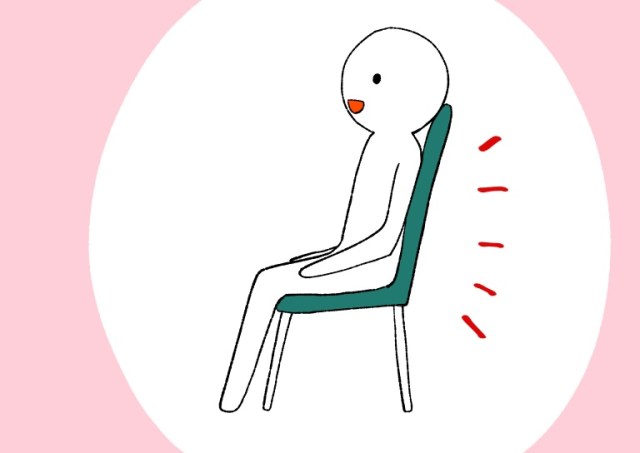
No, this isn’t because slouching makes you look sloppy, As a matter of fact, if you feel like sliding down lower into your seat, that’s actually not a problem. What is a problem, though, is leaning forward, away from the seat back.
There’s a natural urge to lean forward when your favorite character comes on stage, or during an especially dramatic moment in the story. Doing so effectively makes you taller, though, which can obstruct the view of people sitting behind you, especially the row directly behind yours. “Try to imagine that your back is glued to the seat” advises Udonko, who adds that you should also place your bag on the ground, not on the seat behind yourself, to help maintain the proper posture.
Rule 2: Hairstyling
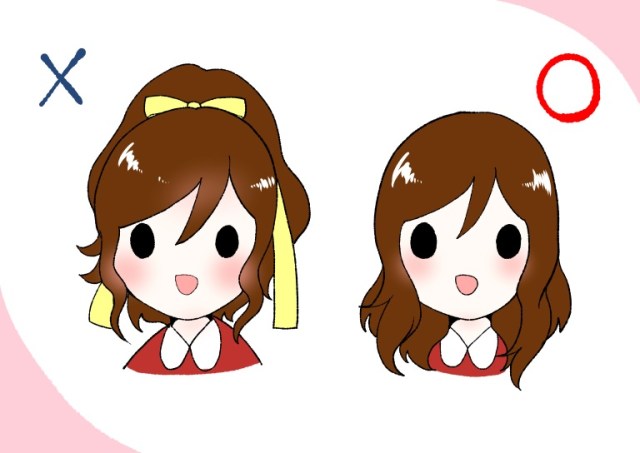
For fans in Japan, especially female fans, going to see an anime stage show is an event worth getting dressed up for. That often includes putting some extra time into hairstyling, but as with Rule 1, it’s important to remember the people who’ll be sitting behind you. Upstyles are often the norm for formal and semi-formal occasions, but a high ponytail or other voluminous style, as well as large hair accessories, can block the view of the fan sitting behind you, so letting your hair down is the best way to ensure everyone can have fun.
Rule 3: Fan sizes and decorations
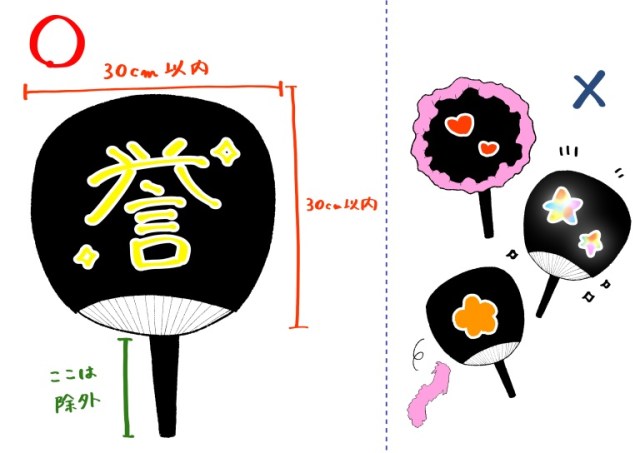
The most popular franchises tend to be the ones with the largest groups of popular characters. If you’re hardcore enough to attend a stage show, there’s a pretty good chance you’ve got a favorite cast member. A cheering fan with that character’s name or likeness is a common way to show your loyalty and support, but you don’t want your show of devotion to block someone else’s view of their favorite, so keeping your fan to a reasonable size is important. At the events Udonko has been to, a size of 30 centimeters (11.8 inches) square for the fan’s head (i.e. not including the handle) has been the general consensus as the maximum acceptable size.

Instead of pre-made fans, a lot of people craft their own, starting with a blank fan from Daiso or another 100 yen store and adding their own text, pictures, and other decorations. Such personal artistic expression is a fun part of the experience, but again, there are some things to keep in mind. First, if you’re already using a 30-centimeter fan, you shouldn’t add decorations that protrude out any further, since that’s going to block other people’s views.
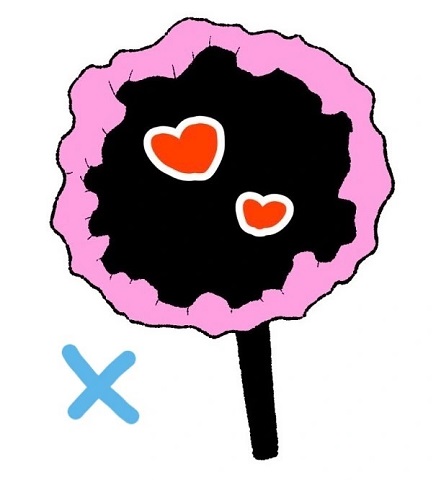
Also, you want to avoid reflective of holographic materials. Yeah, they look cool, but during the show, there are going to be all manner of spotlights shining around the venue. Not only is an intense reflection off of your fan going to make it harder for other attendees to see, it might even temporarily blind the performers, especially if you’re lucky enough to be sitting close to the stage.
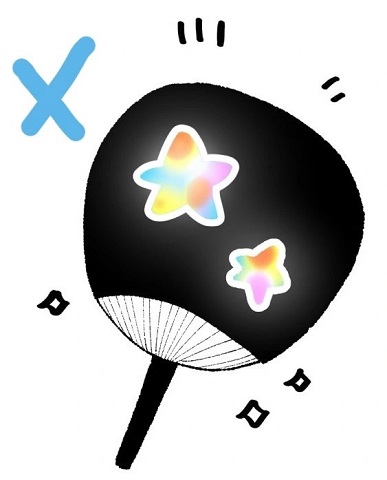
Speaking of reflections, some people put plastic covers over their fans, to keep their surfaces protected and clean during transit. Those covers can also be reflective, though, so it’s best to take them off after arriving at the venue.
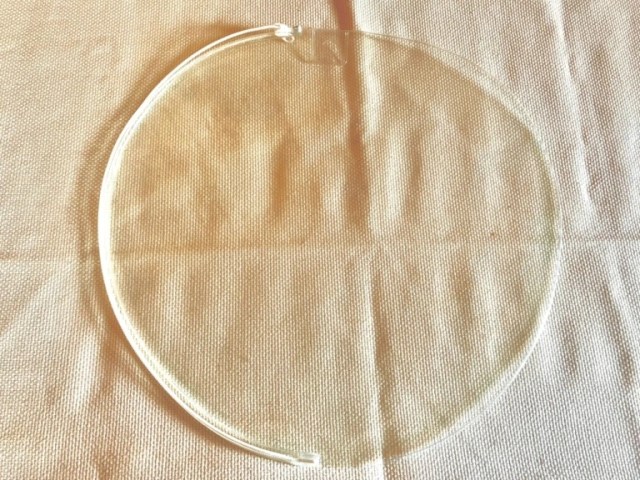
Finally, Udonko advises against adding any dangly accouterments. If they get snagged on something, tear off, and fall to the ground, there’s a chance someone else might slip on them.

That might seem like a lot of rules, but you can still make some very cute and eye-catching fans within those parameters, like this one Udonko herself crafted.
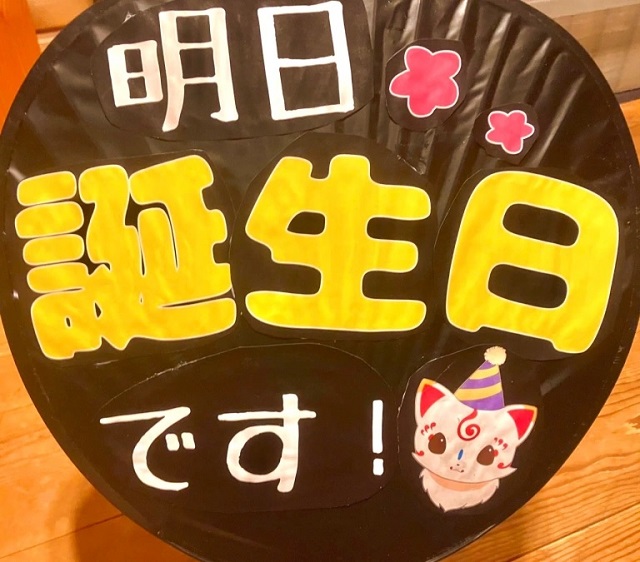
Rule 4: Proper light stick protocol
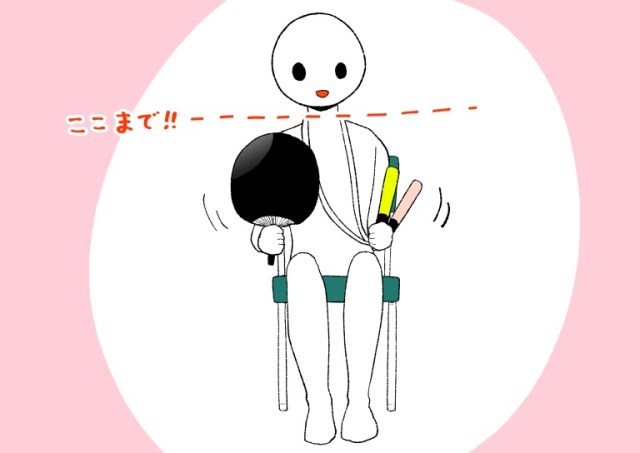
Light or glow sticks don’t just contribute to a festive atmosphere, they’re important markers of fan loyalty for ensemble cast series, in which each character tends to have their own associated image color. Here again, though, size and brightness are things to be aware of.
Much like with fans, Udonko says that at the shows she’s attended, 30 centimeters tends to be the commonly accepted limit on light stick length. In addition, there’s an unspoken rule that when you’re waving the stick, or a fan, around, you should keep the upper tip at shoulder height or lower. Once again, this is to prevent blocking the view of the stage of the person behind you, which is doubly annoying if you’re blocking it with something that’s emitting a bright colored light. To help keep yourself from forgetting in the excitement of the moment, Udonko recommends keeping your light stick attached to a strap that you wear around your neck, which will prevent you from accidentlly lifting it up too high.
Also, at some long-running shows, like the Touken Ranbu musicals, there may be specific times at which the audience lights up their light sticks, with the expectation that they’ll keep them darkened so as not to be a distraction at other points in the play. If you’re a first-timer, you might not be aware of the accepted timing, so it’s probably a good idea to wait until you see other people waving their light sticks before you bust out yours.
Temporary Bonus Rule: The right time and place for chitchat with other fans
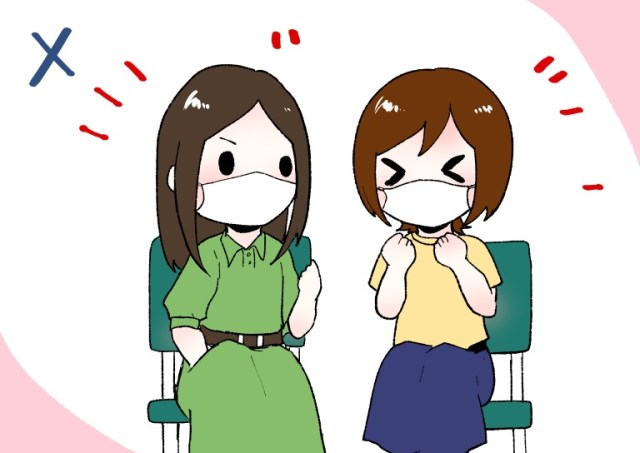
Fan events are, by their very nature, social events. You might be meeting up with preexisting friends, maybe ones you haven’t seen in a long time, to catch the show together, and there’s always a chance of bonding with strangers over your shared anime passion and making new friends at the venue.
So the temptation to remove any ordinary conversation topic limiters and gushingly geek out over the event, and the series as a whole, will likely be very strong. However, since we’re still not entirely out of the pandemic, Udonko hopes everyone will save those extra-animated conversations for until after they’re out of the theater, in a better ventilated, less densely crowded space. Event organizers in Japan have been particularly cautious regarding the coronavirus, and infection cluster occurring at a fan event could potentially lead to other performances being cancelled, in addition to the health risks for those infected.
Hopefully this last rule is something we won’t have to worry about for too much longer, but the others are good to remember whenever you’re headed out to an anime event so that you and your fellow fans alike can enjoy it to the fullest.
Images © SoraNews24
● Want to hear about SoraNews24’s latest articles as soon as they’re published? Follow us on Facebook and Twitter!
Credit:

0 comments: